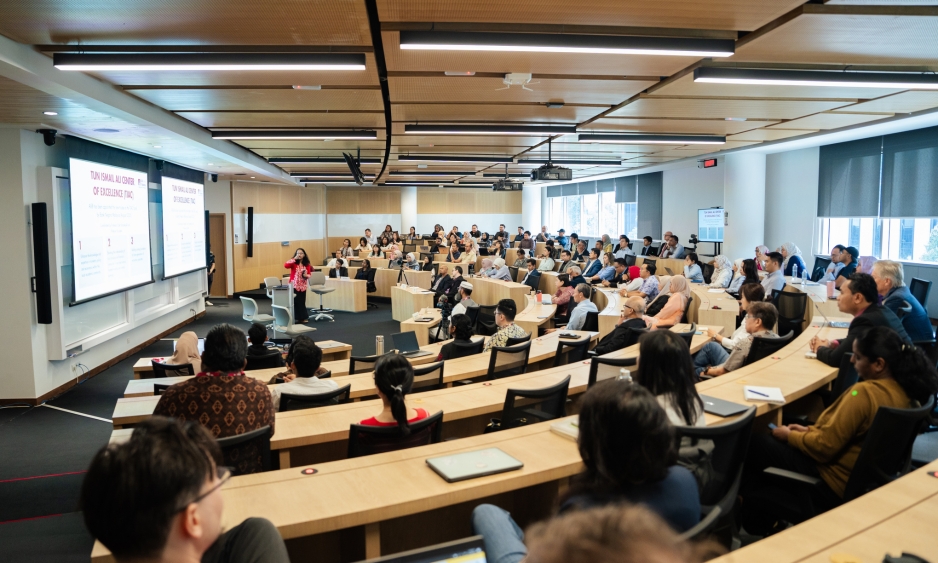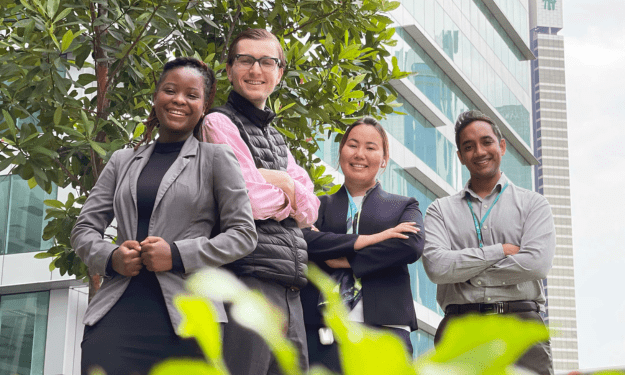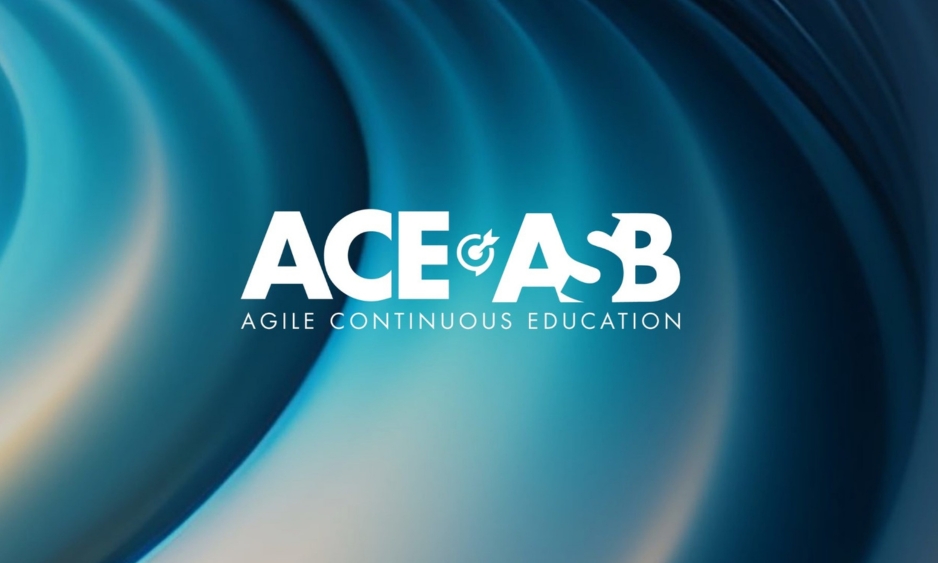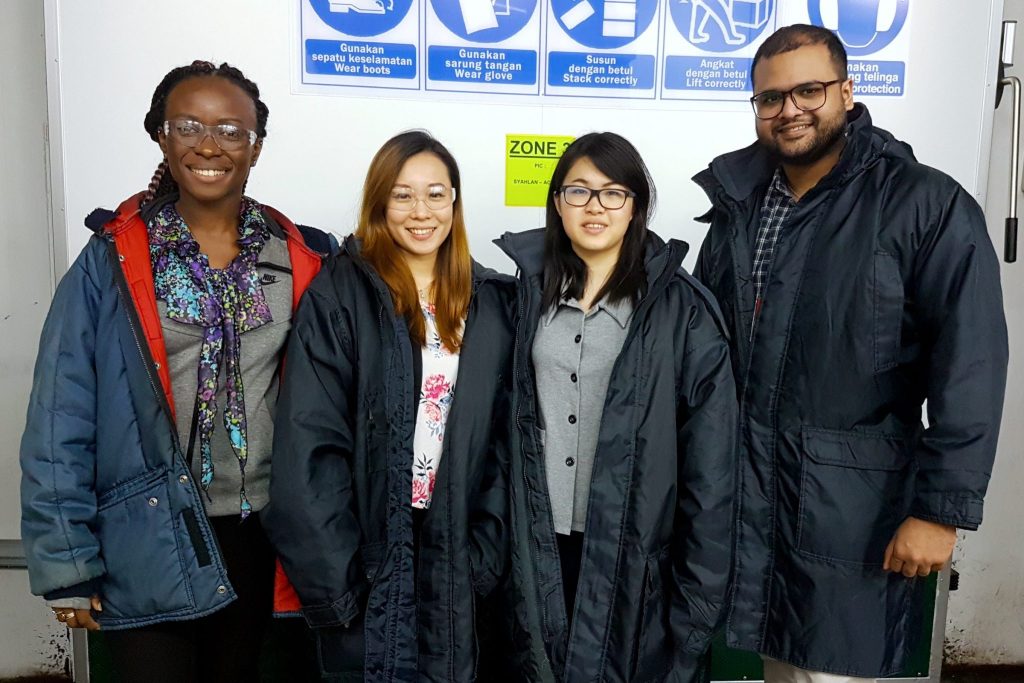As COVID-19 has driven workers around the world to work from home, many are realizing that working from home can be challenging. Besides the distractions of being at home, working from home has fundamentally changed the way we work. Many managers are rethinking their approach toward meetings, acknowledging that conference calls require more cognitive load (“Zoom fatigue” is a real thing).
This creates more dependency on cloud-based collaboration, communication, and reporting tools in lieu of sitting around a screen in a boardroom watching someone present. This sudden change can lead to feeling disconnected from colleagues and ultimately, disengaged with work. A 2017 HBR study of 1,100 remote workers found that a lack of close contact with people inhibits the formation of trust, connection, and mutual purpose, leading to people feeling anxious and left out.
As I transitioned into a new job in the midst of this global pandemic, I realized that working from home was not too difficult an adjustment to make. I had already been working in a predominantly remote team for the past two years after graduating with an MBA. Yes, the usual challenges that remote workers face – distractions, lack of accountability, and feeling disconnected – were challenges that required some effort to address.
But they did not feel like major setbacks for me. I realized that, in many ways, my time at ASB equipped me for my past two years of working in a remote team, and my current new normal of working from home with my current employer. Some key lessons I learned through my time at ASB, and especially on Action Learning projects, are:
1. Anything important should always be repeated
Often, we are afraid to repeat ourselves because we don’t want to come across as pushy or condescending. But I’ve since come to realize that repetition is essential to memory. We remember things better the more times we hear it. In marketing and advertising, the Rule of 7 states that people need to hear something at least seven times for them to take action.
Movie producers realized that people needed to be exposed to messaging about a movie a certain number of times before they’d be compelled to watch it. During Action Learning projects, we visited our host companies’ offices 2-3 times throughout the semester, spending 1-2 weeks on-site each time. Then, we would return to campus for the next few weeks while continuing to work on our projects and taking classes.
During the few weeks that passed between each visit, as MBA students, we were absorbing new information that often benefitted our projects. Meanwhile, back at the host company, business was proceeding as usual, and at times, a lot would have changed in a few weeks.
Before each visit, we would prepare to refresh our hosts’ memory about what we had agreed on the last time we had met, share our progress, and reconfirm the next set of milestones or make revisions if needed. Without that continuous realignment and repetition of previously agreed goals, our projects would have failed to make an impact.
How this applies to remote work: In weekly team calls, one-on-ones, and department-wide calls, don’t be afraid of repetition. This is especially true when conference calls require much more mental effort to stay focused.
There have definitely been times in a call when my mind was so focused on the previous point a presenter was making that I completely missed the next point, or my internet dropped out for a few minutes. In those times, I was grateful when the presenter repeated her point.
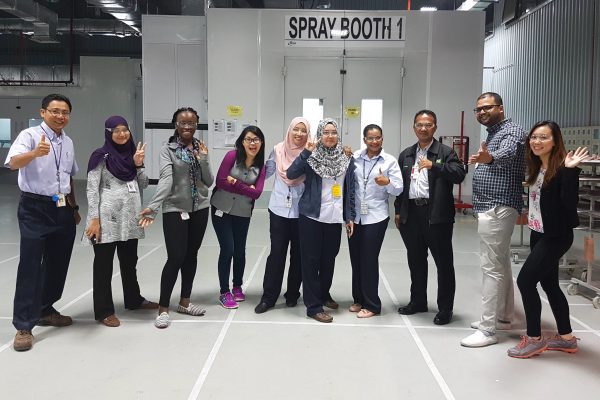
2. There’s always the opportunity to simplify further.
As an MBA student, you quickly learn that time is a luxury. While there may be times as students when we get excited about learning a new way of framing a problem, such as the Three Lenses or the Business Model Canvas, making 10 slides about them is not the best way to share this excitement with your Action Learning hosts.
Business decision makers who have their hands full with the daily ins and outs of the business are not interested in purely theoretical explanations – they want to know how each framework applies to their companies. On Action Learning projects, as a team, we may prepare 30 slides but end up cutting our presentation down to 10 slides. The 20 slides were not a waste of effort, as they helped us frame our thoughts.
But when it came to what to actually present, we had to simplify, consolidate similar points, and focus on the big picture instead of getting into the weeds, or risk getting a good dose of “constructive feedback!”
How this applies to remote work: The ability to simplify and consolidate is essential to being more productive in times of rapid change. It’s also essential to shorter meetings, which we all want right now while working from home. In the office, it’s easy to walk over to a colleague’s desk or pop into a meeting room and not notice the time go by.
But scheduling a call remotely feels much more intentional. One potential positive outcome of working from home is that it may be forcing us to be more productive, by prompting the question, “Do we really need a meeting for this, or can this just be an email instead?”

3. Whenever you can, as often as you can, be human.
While the ultimate goal of Action Learning is to impact a business, the level of collaboration toward these goals typically picks up during the tail end of the projects. By the second or third visit, we’ve shared a few meals and “broken bread” with our hosts, gotten to know a little bit more about their lives, their families, and their interests, and maybe even developed an inside joke or two.
Taking the time to eat together with Action Learning hosts is just as critical to the success of a project as meeting the project milestones. When we can relate to people we work with, the collaboration flows more smoothly. This leads to better results, more efficiency, less stress, and sometimes even fun.
How this applies to remote work: While we may lose a lot of the bonding and casual banter with colleagues that come from face-to-face interactions, it’s still important to remember that we are social creatures. Staying connected to others is crucial to feeling supported and appreciated in a community.
While this might not happen as organically in a remote work setting as in a physical, in-person environment, with intentionality, it can still be done. It could start with something as simple as turning on your camera and allowing people to see what your workspace looks like. You might not be able to share a meal with your colleagues, but you can still share a virtual, bring-your-own-mug coffee break, or if your colleagues are fellow budding home chefs, share pictures of the meals you’ve whipped up.
Expect interruptions such as pets and children. Instead of awkwardly pretending that distractions are not there, practice curiosity. Ask about pets’ names. Wave at the kids. Laugh at sudden, unexpected loud noises followed by a quick apology from someone who forgot to mute their mic. These little moments of humanity make us all feel a little less like robots, and a little bit more like people that others would like to work with.
While Action Learning projects are distinct from remote work, both require strengthening a similar set of Smart skills such as effective communication and stakeholder management. For students at ASB, this is good news, as it prepares us for the challenges we will face in a post-COVID-19 world.

